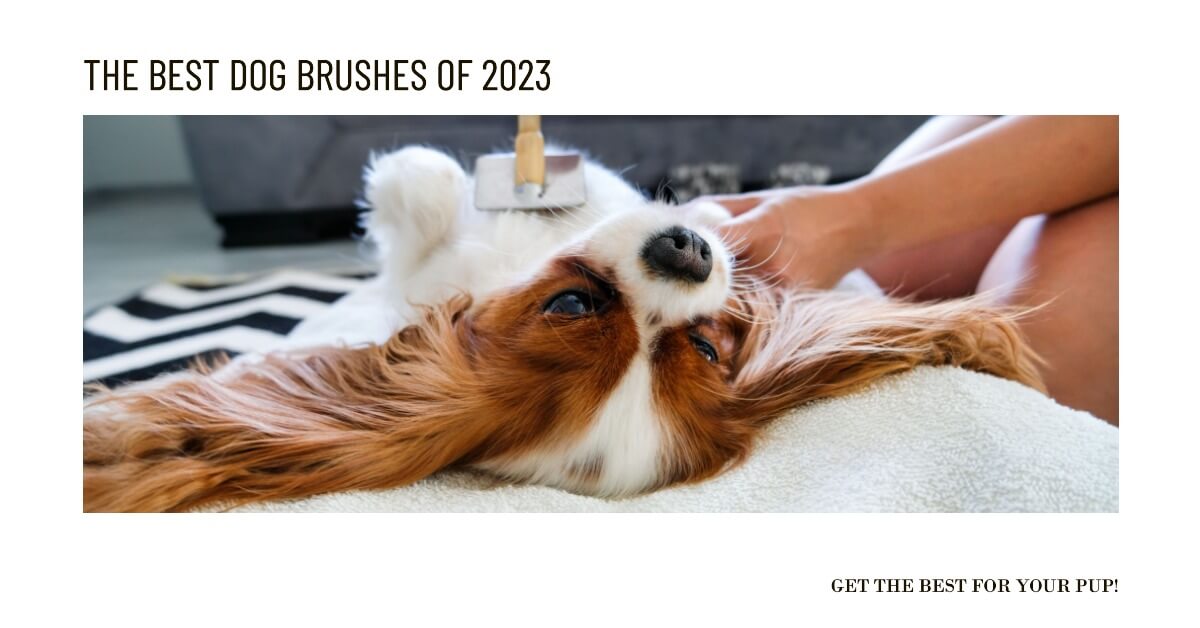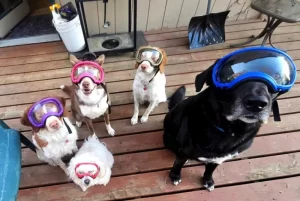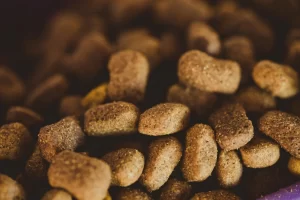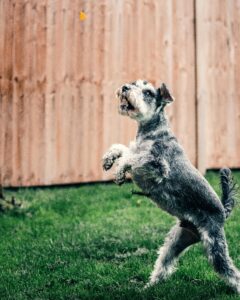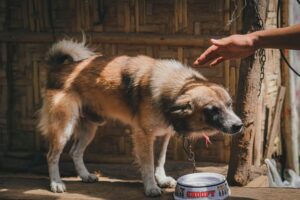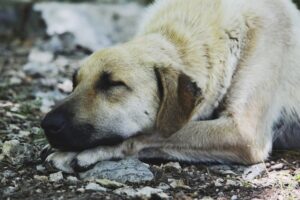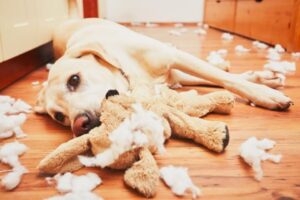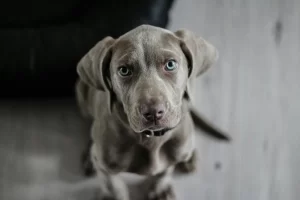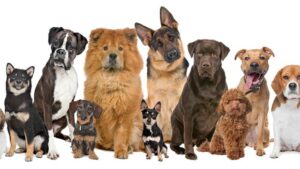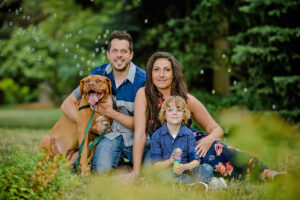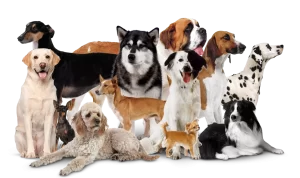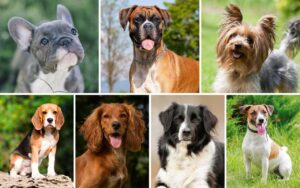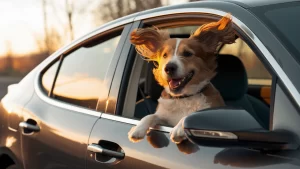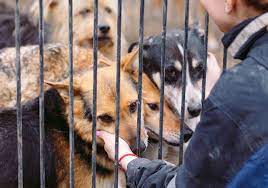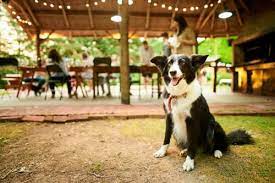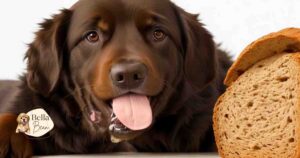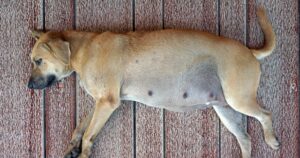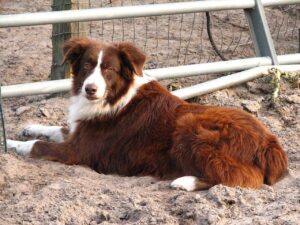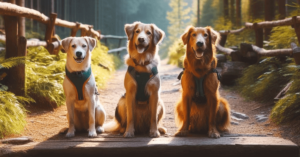Dogs are not just pets, they’re family. And as a family, we want to make sure they are well taken care of and comfortable. One of the most important aspects of a dog’s care is grooming. A clean and well-groomed dog not only looks good, but it also feels good and is less prone to health problems.
In order to groom your dog properly, you need the right tools, and one of the most important tools for grooming your dog is a good dog brush. But with so many different types of dog brushes available, it can be overwhelming to choose the right one for your dog.
In this article, we’ll cover everything you need to know to find the best dog brushes for your furry friend.
Table of Contents
ToggleDifferent Types of Dog Brushes and Their Uses
First, let’s take a look at the different types of dog brushes and their uses. There are several different types of dog brushes, including slicker brushes, pin brushes, bristle brushes, and deshedding brushes.
Slicker brushes are ideal for dogs with long or curly hair. They have fine, short wires close together on a flat or curved surface. Slicker brushes help remove mats and tangles from your dog’s hair, leaving them looking neat and well-groomed.
Pin brushes have long, thin pins with protective tips that can be straight or curved. They’re ideal for dogs with medium to long hair and are used to remove loose hair, dirt, and debris. The pins on a pin brush are usually gentle on your dog’s skin, making it a great option for dogs with sensitive skin.
Bristle brushes have natural or synthetic bristles that are either short or long. They’re ideal for dogs with short hair and are used to remove loose hair, dirt, and debris. Bristle brushes are gentle on your dog’s skin, making them a great option for dogs with sensitive skin.
De-shedding brushes have a special design that removes loose hair and undercoat from dogs with thick coats. They’re ideal for dogs with double coats, such as German Shepherds or Huskies. De-shedding brushes help keep your dog’s coat healthy and shiny by removing dead hair and promoting healthy hair growth.
Choosing the Right Brush for Your Dog’s Breed
Now that you know the different types of dog brushes available, it’s important to choose the right brush for your dog’s breed. Different dog breeds have different types of coats, and each coat requires a specific type of brush. Using the wrong brush can cause discomfort to your dog and even damage their coat.
For example, dogs with long or curly hair, such as Poodles or Bichon Frises, require a slicker brush to remove mats and tangles. On the other hand, dogs with short hair, such as Beagles or Boxers, require a bristle brush to remove loose hair and dirt. It’s important to consider your dog’s specific needs when selecting a brush.
It’s also important to consider your dog’s size and temperament when selecting a brush. For example, a large dog may require a larger brush to cover more surface area, while a smaller dog may require a smaller brush for more precision grooming. Additionally, if your dog is skittish or sensitive, you may want to choose a brush with soft bristles to avoid causing discomfort.
Pin Brush vs. Slicker Brush: What’s the Difference?
Pin brushes and slicker brushes are both great options for grooming your dog, but they have different uses. Pin brushes are best for dogs with short or medium-length hair, while slicker brushes are best for dogs with long or curly hair.
Pin brushes have long, thin pins with protective tips that are gentle on your dog’s skin. They’re ideal for removing loose hair, dirt, and debris from your dog’s coat, and they can also help distribute natural oils throughout your dog’s fur, promoting a healthy and shiny coat.
Slicker brushes have fine, short wires close together on a flat or curved surface. They’re ideal for removing mats and tangles from your dog’s long or curly hair. Slicker brushes are also great for removing loose hair and dirt from your dog’s coat, but they can be harsh on your dog’s skin if used incorrectly.
It’s important to choose the right brush for your dog’s specific needs and coat type. Using the wrong brush can cause discomfort to your dog and even damage their coat.
Our Top 10 Dog Brushes for a Tangle-Free Life
| Brush Name | Features | Benefits |
| Furminator deshedding tool | Special design that reaches deep into your dog’s undercoat, comfortable handle | Removes loose hair without damaging topcoat, easy to use for extended periods |
| Hertzko self-cleaning slicker brush | Fine, short wires, self-cleaning feature | Removes mats and tangles without damaging coat, easy to clean |
| KONG dog brush | Gentle bristles, ergonomic handle | Soft and gentle on skin, comfortable to use for long periods |
| Hartz groomer’s best combo detangling dog brush | Two brushes in one, stainless steel pins, soft bristles | Removes mats and tangles, gentle on skin, versatile for different coat types |
| JW Pet Gripsoft double row undercoat rake | Two rows of stainless steel pins, ergonomic handle | Removes loose hair and undercoat, comfortable to use |
| Andis premium large pin brush | Large pins with rounded tips, anti-slip grip | Gently removes tangles and mats, comfortable to use, suitable for large dogs |
| GoPets slicker brush | Fine bent wires, anti-slip handle | Removes mats and tangles, gentle on skin, suitable for dogs of all sizes |
| Safari dog shedding comb | Stainless steel teeth, comfortable grip | Removes loose hair, prevents matting, suitable for all coat types |
| FURminator curry comb | Rubber teeth, ergonomic handle | Removes dirt and loose hair, stimulates skin and hair follicles, comfortable to use |
| Kong zoom groom brush | Rubber bristles, easy grip | Massages and cleans skin, gentle on coat, suitable for all coat types |
Furminator deshedding tool – This tool is designed to reach deep into your dog’s undercoat to remove loose hair without damaging their topcoat. Its comfortable handle makes it easy to use for extended periods, making it perfect for dogs with thick coats.
Hertzko self-cleaning slicker brush – This slicker brush has fine, short wires and a self-cleaning feature that makes it easy to remove mats and tangles without damaging your dog’s coat. It’s perfect for dogs with medium to long hair.
KONG dog brush – This brush has gentle bristles and an ergonomic handle that makes it soft and gentle on your dog’s skin. It’s comfortable to use for long periods, making it ideal for dogs with sensitive skin.
Hartz groomer’s best combo detangling dog brush – This two-in-one brush features both stainless steel pins and soft bristles, making it versatile for different coat types. It’s gentle on your dog’s skin and perfect for removing mats and tangles.
JW Pet Gripsoft double row undercoat rake – This undercoat rake has two rows of stainless steel pins and an ergonomic handle that makes it comfortable to use. It’s perfect for removing loose hair and undercoat, making it ideal for dogs with thick coats.
Andis premium large pin brush – This pin brush features large pins with rounded tips and an anti-slip grip. It gently removes tangles and mats, making it comfortable to use for long periods. It’s ideal for large dogs with thick coats.
GoPets slicker brush – This slicker brush has fine bent wires and an anti-slip handle that makes it gentle on your dog’s skin. It’s perfect for removing mats and tangles and is suitable for dogs of all sizes.
Safari dog shedding comb – This comb features stainless steel teeth and a comfortable grip that makes it easy to remove loose hair and prevent matting. It’s suitable for all coat types and is perfect for dogs with thick, long hair.
FURminator curry comb – This curry comb has rubber teeth and an ergonomic handle that makes it comfortable to use. It removes dirt and loose hair, stimulates skin and hair follicles, and is perfect for dogs with short hair.
Kong zoom groom brush – This brush features rubber bristles and an easy grip that makes it perfect for massaging and cleaning your dog’s skin. It’s gentle on their coat and suitable for all coat types.
How Often to Groom Your Dog with a Brush
The frequency of grooming your dog with a brush will depend on your dog’s coat type and length. Dogs with short hair require less frequent grooming than dogs with long hair. A general rule of thumb is to brush your dog’s coat at least once a week to keep it clean and healthy.
However, dogs with long or curly hair may require more frequent grooming to prevent mats and tangles from forming. It’s important to establish a regular grooming routine to keep your dog’s coat looking and feeling its best.
Harmful Effects of Using the Wrong Brush on Your Dog’s Skin and Coat
Using the wrong brush on your dog’s skin and coat can cause discomfort and even damage. For example, using a slicker brush on a dog with short hair can cause irritation and discomfort, while using a pin brush on a dog with long, curly hair can cause mats and tangles to form.
It’s important to choose the right brush for your dog’s specific needs and coat type. Regular grooming with the right brush can help prevent health problems such as skin infections and hot spots.
Conclusion
In conclusion, choosing the best dog brush for your furry friend is an important part of their overall health and well-being. Consider your dog’s breed, coat type, size, and temperament when selecting a brush. Regular grooming with the right brush can help prevent health problems and keep your dog’s coat looking and feeling its best. Remember to establish a regular grooming routine to keep your dog comfortable and happy.

